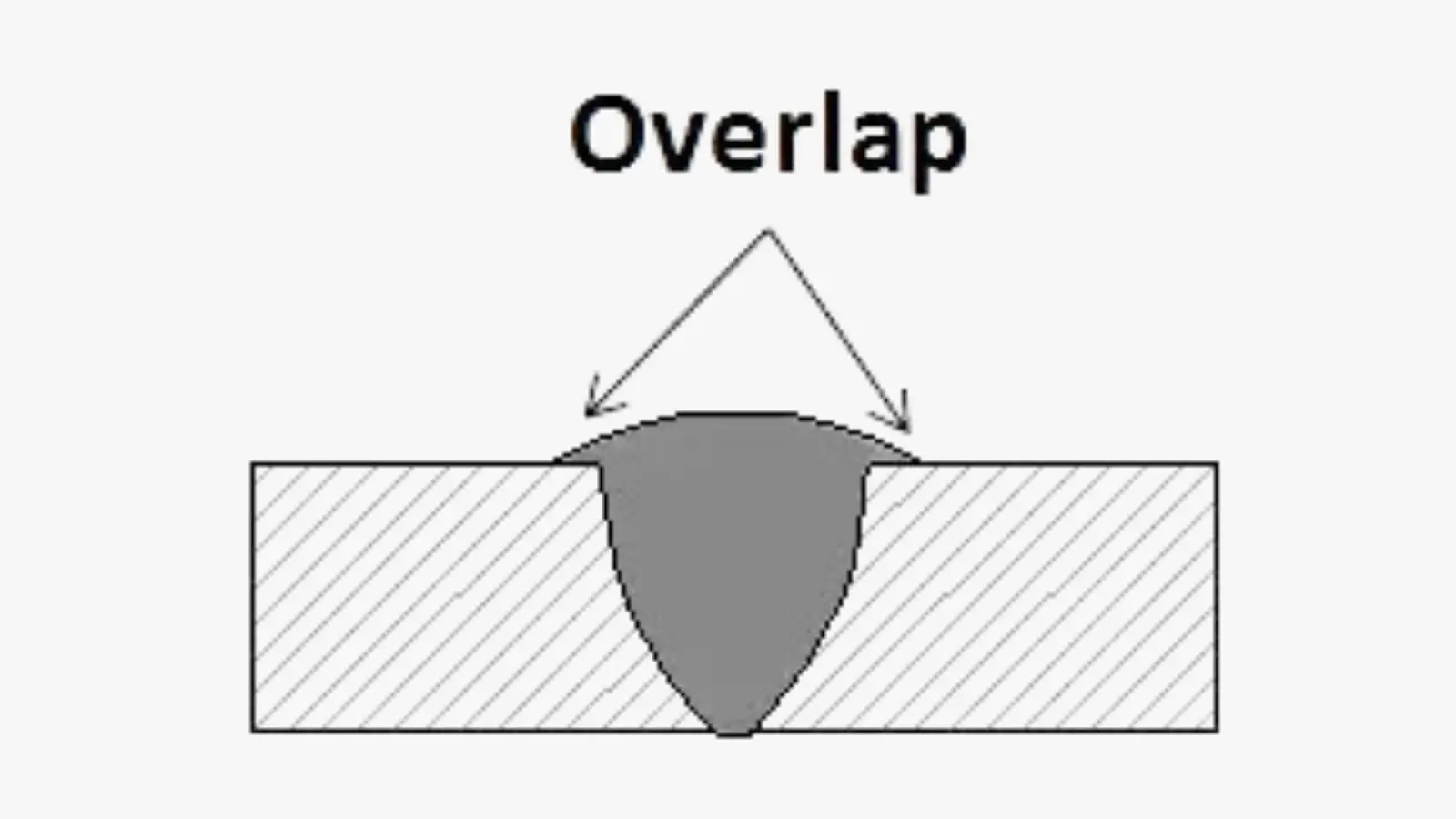Preventing Weld Undercut: Proven Techniques Every Welder Should Know
Preventing Weld Undercut: Proven Techniques Every Welder Should Know
Blog Article
Understanding the Art of Welding: Exactly How to Stay Clear Of Undercut Welding Issues for Flawless Fabrication Outcomes
By understanding the root creates of undercut welding and implementing efficient strategies to prevent it, welders can elevate their craft to new degrees of excellence. In the quest of perfect fabrication results, grasping the art of welding to stay clear of undercut concerns is not just a skill however a necessity for those making every effort for excellence in their job.
Understanding Undercut Welding
To protect against undercut welding, welders must make sure correct welding criteria, such as adjusting the current, voltage, travel rate, and preserving the proper electrode angle. Furthermore, making use of the proper welding technique for the certain joint configuration is important. Using weaving motions or backstepping methods can aid guarantee proper weld metal deposition and minimize the likelihood of undercut formation. Regular assessment of welds throughout and after the welding process is additionally vital to catch any type of undercut very early and make needed adjustments to avoid more problems. Preventing weld undercut. By understanding the root causes of undercut welding and implementing safety nets, welders can achieve high-grade, structurally sound welds.
Reasons For Undercut in Welding
Understanding the elements that add to damage in welding is crucial for welders to generate top quality, structurally sound welds. Damaging happens when the weld steel does not appropriately fill the groove developed between the base steel and the formerly deposited weld metal. A number of variables can result in undercut in welding. One usual reason is too much warm input. Welding at high temperatures for prolonged durations can result in the base steel melting even more than wanted, causing undercut. Poor welding inaccurate or present welding rate can additionally contribute to damage. Not enough current may not provide adequate warmth to melt the base and filler steels sufficiently, while excessive rate can avoid proper combination, causing undercut. In addition, incorrect electrode angles or incorrect lantern manipulation strategies can produce areas of reduced weld metal deposition, advertising undercut. Comprehending these reasons and carrying out proper welding strategies can help protect against undercutting concerns, making sure resilient and solid welds.
Methods to Avoid Undercutting

To minimize the threat of damaging in welding, welders can use calculated welding strategies aimed at boosting the top quality and stability of the weld joints. Furthermore, utilizing the appropriate welding method for the particular joint configuration, such as weave or stringer beads, can add to reducing damaging.
Using back-step welding techniques and regulating the weld grain profile can likewise help disperse warm uniformly and minimize the risk of undercut. Regular assessment of the weld joint during and after welding, as well as executing top quality assurance steps, can help in detecting and addressing undercutting concerns immediately.
Importance of Proper Welding Specifications
Selecting and maintaining ideal welding parameters is important for attaining successful welds with minimal defects. Welding parameters refer to variables such as voltage, existing, travel speed, electrode angle, and shielding gas circulation rate that straight influence the welding procedure. These specifications should view be meticulously readjusted based on the type of product being welded, its thickness, and the welding technique used.
Correct welding specifications ensure the correct amount of warm is related to melt the base metals and filler material consistently. If the specifications are set too expensive, it can cause too much warmth input, creating spatter, distortion, or burn-through. On the various other hand, if the criteria are also reduced, insufficient combination, lack of penetration, or undercutting may occur.
Quality Control in Welding Operations

Conclusion
To conclude, grasping the art of welding calls for an extensive understanding of undercut welding, its reasons, and techniques to prevent it. By making sure correct welding specifications and applying quality control practices, remarkable construction results can be attained. It is vital for welders to regularly pursue quality in their welding operations to stay clear of undercut problems and generate top notch welds.
Undercut welding, a typical defect in welding procedures, occurs when the weld steel doesn't effectively fill up the groove and leaves a groove or depression along the welded joint.To avoid undercut welding, welders should make sure proper welding specifications, such as adjusting the present, voltage, traveling speed, and keeping the appropriate electrode angle. Poor welding incorrect or present welding rate can also add to damage.To reduce the danger of undercutting in welding, welders can utilize strategic welding methods intended see page at boosting the quality and honesty of the weld joints.In conclusion, important source grasping the art of welding calls for a detailed understanding of undercut welding, its causes, and strategies to prevent it.
Report this page